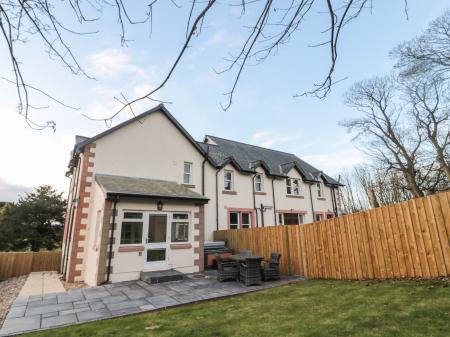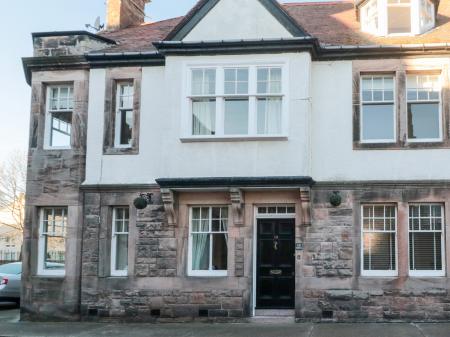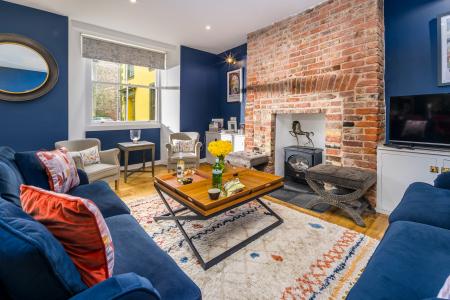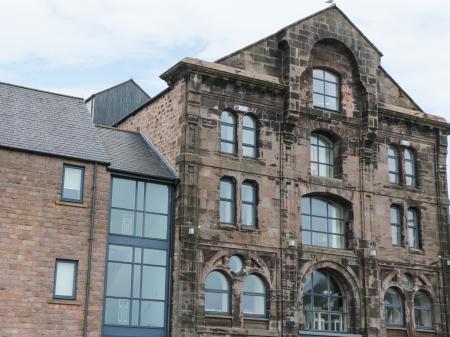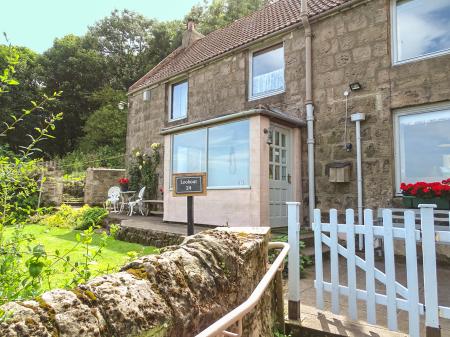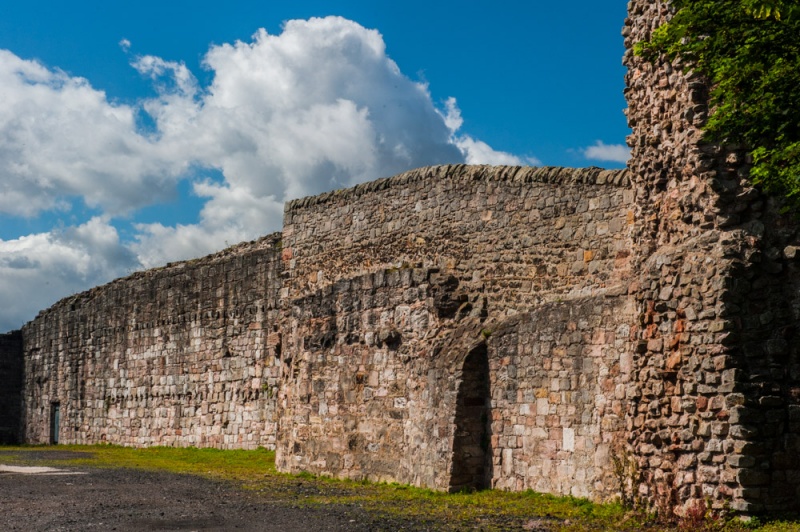
King David made Berwick one of only four royal boroughs in Scotland in 1120, and the port grew and prospered until it became one of the wealthiest and most powerful of Scottish cities in the early medieval period.
From 1296 Berwick changed hands a remarkable 13 times, and the area around Berwick became a battleground, littered with fortifications. Today, Berwick makes a wonderful base for exploring the Northumberland coast and the Tweed valley.
Historic Attractions
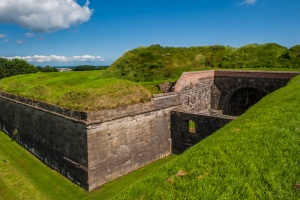
Berwick Barracks
The barracks were one of the first purpose-built military barracks in Britain, built in 1717 to a design by Nicholas Hawksmoor, who studied under Sir Christopher Wren and designed the famous twin towers of Westminster Abbey in London. At Berwick Hawksmoor designed a barracks large enough to house 600 men and 36 officers, laid out around a large square.
Three separate museums are located within the Barracks, including the King's Own Scottish Borderers Museum, the Berwick Borough Museum, and the Berwick Gymnasium Art Gallery. Within the 18th-century soldiers' quarters is a special exhibit showing what it was life was like in the military over the centuries.
Holy Trinity Church
Across from the Barracks' entrance is Holy Trinity Church, one of only a few churches built in England during Oliver Cromwell's Commonwealth (1649-1660). It was designed by John Young of London and modelled after St Mary Cree in London. By English standards, it is a peculiar building, with no chancel, tower, bells, organ, or altar. The church was redesigned in classical style in 1855. The wooded graveyard has been named a nature reserve, and in the graveyard are ancient Viking burial stones. In the church is a memorial to Major George Younghusband, who gained fame while serving in India.
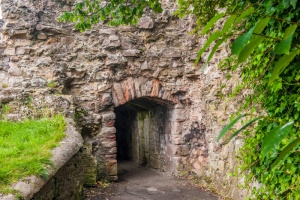
Berwick Castle
The first Berwick Castle was begun by David I of Scotland in the middle of the 12th century. King David's castle was extended by Edward I of England in the last few years of the 13th century and Edward used it as a base to launch an invasion of Scotland. Edward also extended the castle defences to encircle the entire town of Berwick. Elizabeth I rebuilt the medieval fortress and added artillery towers.
The best-preserved part of the castle is the 13th century White Wall and a steep section of the wall known as Breakneck Stairs. The great hall of Edward I's castle was destroyed when the Berwick train station was built, and it is thought that the chamber where Edward accepted the submission of Scottish lords in 1296 lies beneath the train platforms.
Town Walls
When Elizabeth I strengthened Berwick Castle to withstand artillery fire she also built a system of earth and stone ramparts. This Elizabethan defence was one of the most impressing military engineering feats of the 16th century and augmented the original medieval town walls.
The town walls had 19 towers, including one bell tower to summon townsfolk in case of a threat. The best-preserved tower, however, dates to Elizabeth I's reign and replaced a nearby tower on Lord's Mount. An earlier gun tower dates to Henry VIII's reign, and it is said that the king himself helped design the layout.
Berwick's Bridges
Three bridges span the River Tweed, linking Berwick to Tweedmouth along the route of the Great North Road, now the A1. The southernmost, dubbed Berwick Old Bridge, was begun in 1611 to replace an older wooden bridge destroyed by flooding and ice damage. After delays due to funding, flood damage, and design changes the bridge opened to traffic in 1624. It was the only crossing until the Royal Tweed Bridge was built in the 1920s, followed by a new bypass route in 1984.
The 17th-century bridge still takes road traffic across the Tweed. It is 1,164 feet long and 17 feet wide, supported on 15 unevenly spaced arches. The piers are supported on oak piles formed of trees from Chopwell Forest, and the structure is built of sandstone quarried at Tweedmouth.
Immediately north of the Old Bridge is the Royal Tweed Bridge, built to carry most of the road traffic in 1925. And still further north is one of the most picturesque historic bridges in Britain, the Royal Border Bridge, a railway viaduct built from 1847 to carry the York, Newcastle, and Berwick Railway line. It was designed by Robert Stephenson of the famous Scottish Stephenson engineering family and officially opened by Queen Victoria in 1850. Despite the name, the bridge does not span the border between England and Scotland, which is several miles further north of the Tweed at this point.
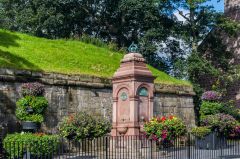


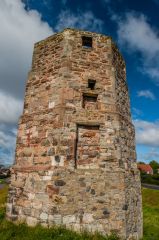
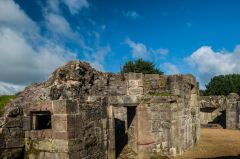
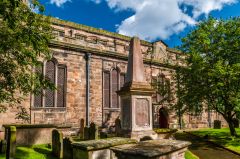
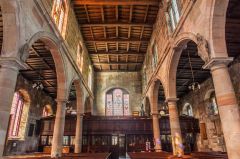

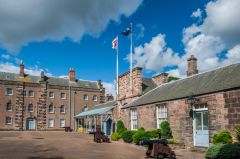
 We've 'tagged' this attraction information to help you find related historic attractions and learn more about major time periods mentioned.
We've 'tagged' this attraction information to help you find related historic attractions and learn more about major time periods mentioned.